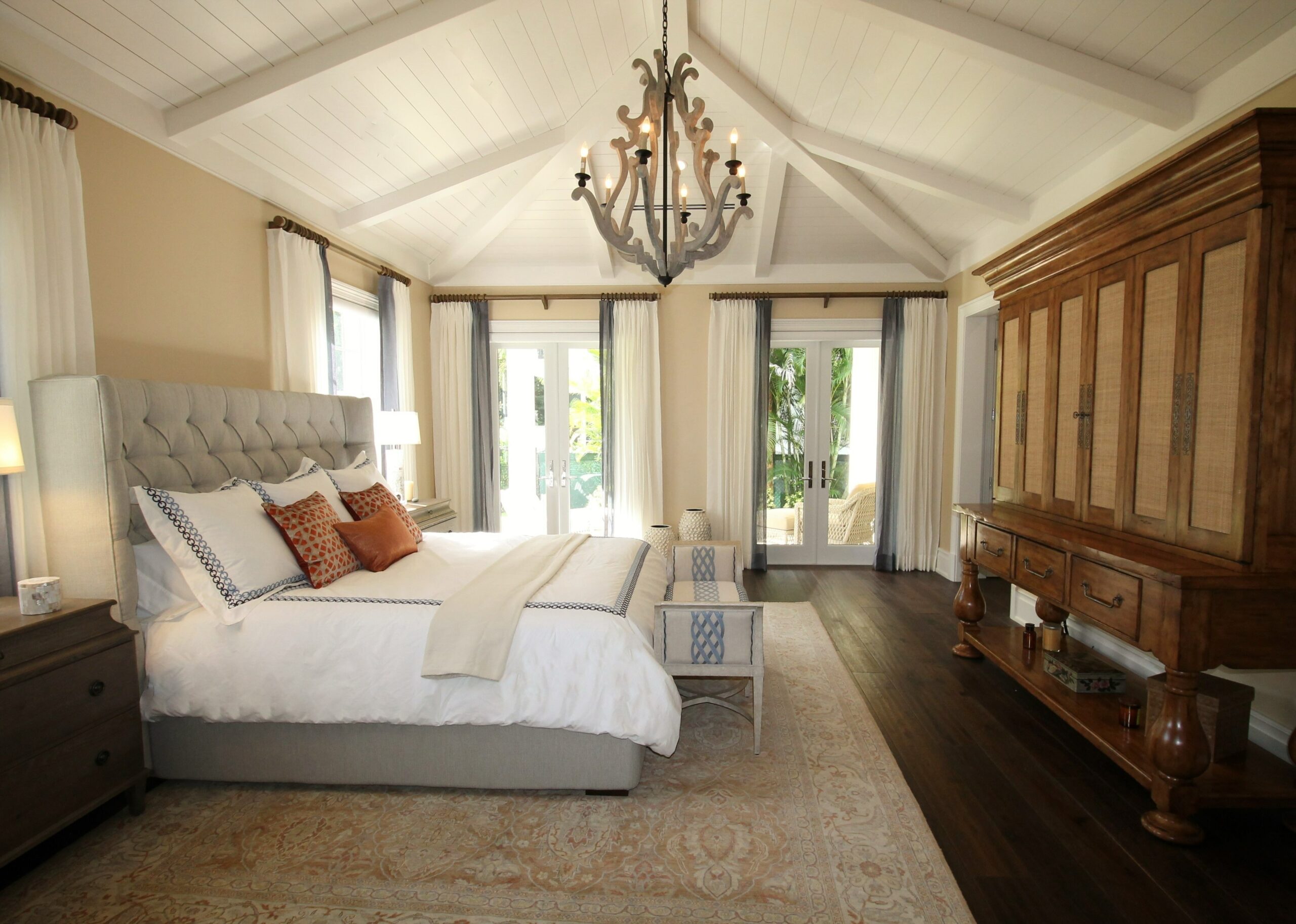The process of furnishing a bedroom entails creating a cozy, useful, and aesthetically pleasing area that fits your needs and showcases your unique style. The following guidelines will assist you in furnishing a bedroom:
Plan and Measure:
Measure the bedroom’s dimensions first, taking into account the wall’s length and width, the locations of the doors and windows, and any alcoves or recesses. Using this knowledge will enable you to select furniture that is the right size.
Set a Budget:
Establish the maximum budget you are willing to spend on bedroom furniture. A budget will help you make decisions and curb your spending.
Choose a Bed:
The focal point of the bedroom is the bed. Choose a mattress and bed frame that are both comfortable for you and appropriate for the size of the room. Platform beds, storage beds, or conventional bed frames with a headboard and footboard are some options to take into consideration.
Bedding and Linens:
Make an investment in soft bedding, such as sheets, pillows, a duvet or comforter, and pretty shams or blankets. Choose colors and patterns that complement the bedroom’s decor.
Nightstands:
Affix nightstands to the bed’s sides. These offer surface area where necessities like lamps, books, and an alarm clock can be placed. For greater convenience, think about nightstands with drawers for storage.
Dresser or Chest of Drawers:
Choose a dresser, chest of drawers, or both, depending on your storage requirements. For clothing, accessories, and personal belongings, these pieces offer plenty of storage.
Wardrobe or Closet Organization:
Consider a wardrobe or closet organization system if your bedroom does not have a closet or if you need more storage. Ensure there’s enough hanging space, shelves, and drawers.
Seating:
If space permits, include seating in the bedroom. A small sofa, loveseat, accent chair, or even a bench at the foot of the bed are possibilities. Seating can be functional and decorative.
Storage Solutions:
Include storage options such as bookcases, shelves, or a storage ottoman. Saving floor space is possible with floating shelves or wall-mounted shelves.
Decor and Accessories:
Decorate your bedroom with items like pillows, wall decals, mirrors, and artwork to make it your own. Choose items that complement the room’s color scheme and style.
Lighting:
Install enough light. Think about combining ambient (ceiling fixtures), task (bedside lamps), and accent (wall sconces or pendant lights) lighting.
Window Treatments:
Select curtains, blinds, or shades that provide privacy and control over natural light. The aesthetic of the space should be improved by the window treatments.
Rugs:
To give the room warmth, texture, and visual appeal, put an area rug under the bed or in the middle of the room.
Furniture Arrangement:
Maximize space by placing furniture in a way that encourages movement. Make sure your daily activities are accommodated by the bedroom layout.
Organization:
Keep your bedroom neat and clutter-free. To keep things organized and accessible, use storage containers, baskets, and organizers.
Comfort and Functionality:
Prioritize comfort and functionality when selecting furniture and decor. The bedroom should be a comfortable and relaxing sanctuary.
Personal Touch:
Make the bedroom feel more like your own by incorporating personal touches like antiques, memories, or family photos.
Greenery:
To add some natural elements and freshness to the space, think about adding indoor plants or flowers.
As you gradually furnish your bedroom, keep in mind that it’s important to design a space that meets your wants and interests. Spend some time finding high-quality furnishings and accents that will make your bedroom escape cozy and beautiful.
The photo is from unsplash.com



